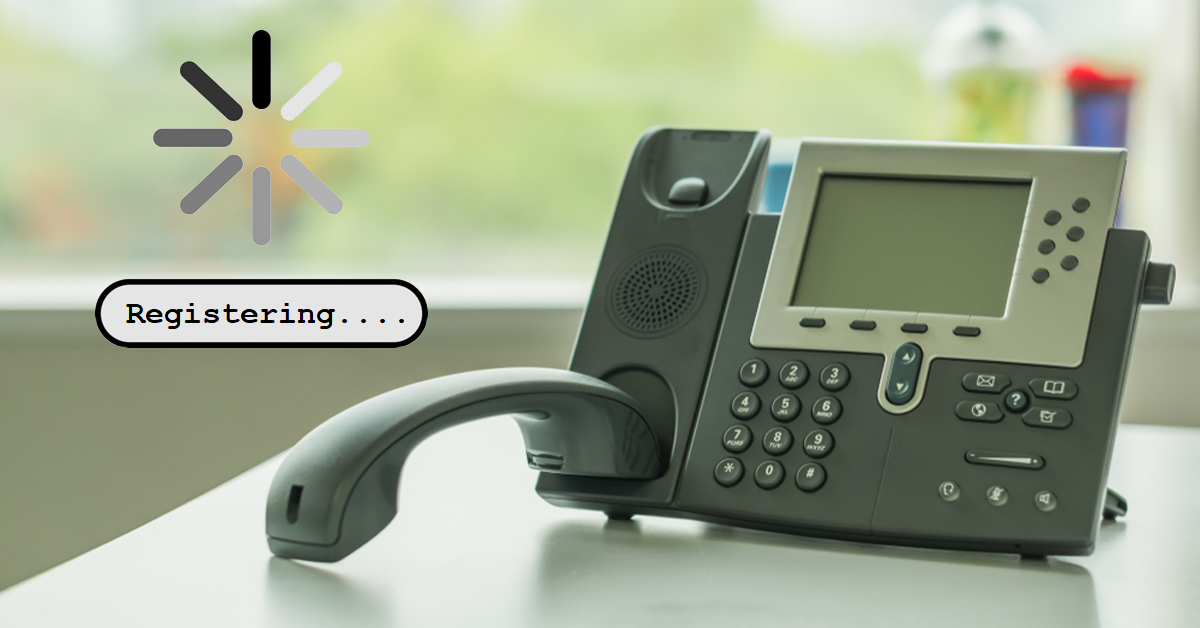When a customer complains that “the phones keep cutting out” or that “the video meetings are glitchy,” you know the pain of trying to track down the cause. Is it the internet provider? The PBX? The router? Maybe a burst of packet loss somewhere between branch offices? By the time you find the culprit, the customer’s already frustrated.
That’s why forward-thinking telecom pros are turning to a smarter, more proactive way to catch problems before users ever notice them. It’s called synthetic monitoring, and instead of waiting for real users to experience issues, it creates artificial “test calls” and “test meetings” that continuously check system performance from different points on the network. Think of it as a team of virtual users constantly making sure that every part of your VoIP and UC infrastructure is healthy and ready for the real thing.
In this article, we explain how synthetic monitoring works, how it differs from traditional passive monitoring, and why it's becoming an essential part of reliable VoIP and UC deployments. Understanding this approach can help you reduce downtime, speed up troubleshooting, and deliver a better experience all around.
Read More
Topics:
QoS,
VoIP,
Troubleshooting
Routing is a vital part of network operations, and employing it correctly is of utmost importance for any enterprise network.
In the context of networking, routing is the process by which data packets are directed to their final destination as they travel from node to node. There are many aspects of routing design that can affect general network traffic patterns and particular network services. UC and VoIP services can be adversely affected if routing design does not take into account their special characteristics.
This article examines various aspects of routing implementation to see how it can potentially affect real-time services. We also look at what specific design aspects you should consider to ensure the proper operation of such services.
Read More
Topics:
VoIP,
Troubleshooting,
Routers,
Network Design,
Unified Communications,
Network Infrastructure,
Protocols & codecs
Unified communications (UC) systems and services increasingly integrate into other network applications, enhancing their overall value and importance. This advancement of UC services impacts the level of complexity involved in their coordination, configuration, integration and operation.
Artificial intelligence (AI) in unified communications is exceptionally well suited to simplify this complexity by implementing smart processes and algorithms to manage these inherent intricacies.
In this article, we explore some of the practical applications of AI within UC, examining functionalities that some have already implemented and some capabilities that we expect in the near and not-so-near future.
Read More
Topics:
VoIP,
Trends,
Network Security,
Troubleshooting,
Unified Communications,
Collaboration,
AI
Dealing with voice network security and troubleshooting is an ongoing battle. As new features, capabilities and telecom products emerge, so do potential vulnerabilities and malicious users who may attempt to exploit them. Network and voice administrators must remain vigilant in ensuring security, privacy and confidentiality, which includes staying current with the latest in network troubleshooting and problem resolution.
This article is a review of the important security matters we’ve discussed over the past year, especially when it comes to network security and troubleshooting issues related to telecommunications services.
Read More
Topics:
VoIP,
SIP,
Network Security,
Troubleshooting
Short videos answer dealers' most common tech support questions
We're excited to announce the launch of our video tutorials. These are brief, step-by-step product demos that take you through the processes that dealers most often call us about. We know through speaking with customers as well as industry research that most people prefer to self-help when possible. To facilitate this, we post all the videos on YouTube so people can easily find what they are looking for through a search on Google or YouTube.
Read More
Topics:
Troubleshooting,
News
As we celebrate Shark Week this week, we are reminded of the proverbial sharks faced by network engineers in the form of security breaches and technical issues. TeleDynamics has created a collection of resources to help you troubleshoot audio problems, secure your network, protect your telephone system from hackers, analyze voice packets, and more. In this article, we offer a compilation of some of our most popular resources, so you’ll have them handy. For each listing below, click on the blue heading to read the full article.
Read More
Topics:
Business Telephone System,
VoIP,
Network Security,
Troubleshooting
While it doesn’t happen often, every once in a while you’ll come across an IP phone that simply won’t cooperate. You may have gone through every troubleshooting procedure that you can think of, but the phone continues to refuse to function correctly. You begin to consider the possibility of a defective phone, but before you invoke the manufacturer’s warranty, you want to be sure. Here we review the steps you can take to confirm, to a reasonably high degree, that the problem is indeed a defective device.
Read More
Topics:
SIP Phones,
Troubleshooting
If you are a voice network engineer, then it has probably happened to you. Your SIP server is all set up and you have plugged in your IP phone. Its lights come on, its screen is activated, you see the loading icon rotating, and then… nothing. For some reason, the phone will not register.
IP phone registration issues are, unfortunately, not uncommon. In this article, we examine the most common causes of registration failures, and best practices for troubleshooting and resolving them.
Read More
Topics:
SIP Phones,
IP PBX,
Business Telephone System,
SIP,
Troubleshooting,
Firewall,
Protocols & codecs
Jitter is one of the most common causes of substandard voice communications over IP networks. This article provides an overview of jitter and how it influences voice applications, as well as methods for resolving it on your networks.
Read More
Topics:
QoS,
VoIP,
Troubleshooting,
Network Design,
Unified Communications
Wouldn’t it be great to have superhero X-ray vision that allows you to understand, in a single glance, what is going on with the voice traffic on your network? In fact, it is possible to do so using the Simple Network Management Protocol (SNMP). In this article, we take a look at this protocol and highlight the special features it has up its sleeve to help you with your VoIP monitoring needs.
Read More
Topics:
QoS,
VoIP,
Troubleshooting,
Protocols & codecs

















